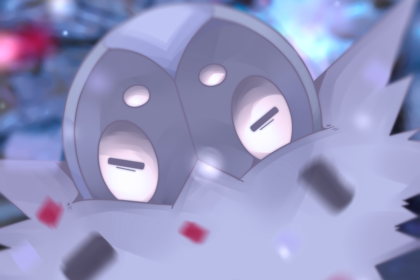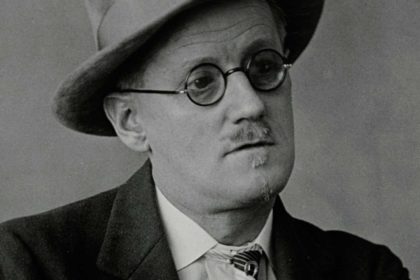The Kushan Dynasty that grew into Kushan Empire was basically a Syncretic Empire. In other words, it was an Empire that derived its culture through the fusion of various other cultures. The empire was very large and penetrated deep into northern India. Take a look below for 24 fun and interesting facts about the Kushan Dynasty.
1. The origins of Kushan Dynasty can be traced back to China. The name for Kushans, in Chinese sources, is Guishuang. It is one of the five tribes of Yuezhi (an informal grouping of the people of Indo-European origin).
2. Of the five tribes, Guishuang was to the eastern most side living in Central Asia (present day Xinjiang, Gansu). But Yuezhi was ousted by Xiongnu (Hiung-Nu) during 176-160 BCE time frame.
3. In around 3rd century BCE, China built the Great Wall of China which forced Yuezhi to find place towards the west.
4. They ruthlessly wiped out other tribes for their existence. They expelled the Sakas (who ousted Parthians of Iran and Bactrian Greeks).
5. In 135 BCE, they slowly moved into Bactrian region (now Afghanistan, Uzbekistan) and in around the latter half of 1 century CE, some of the members of Yuezhi entered India.
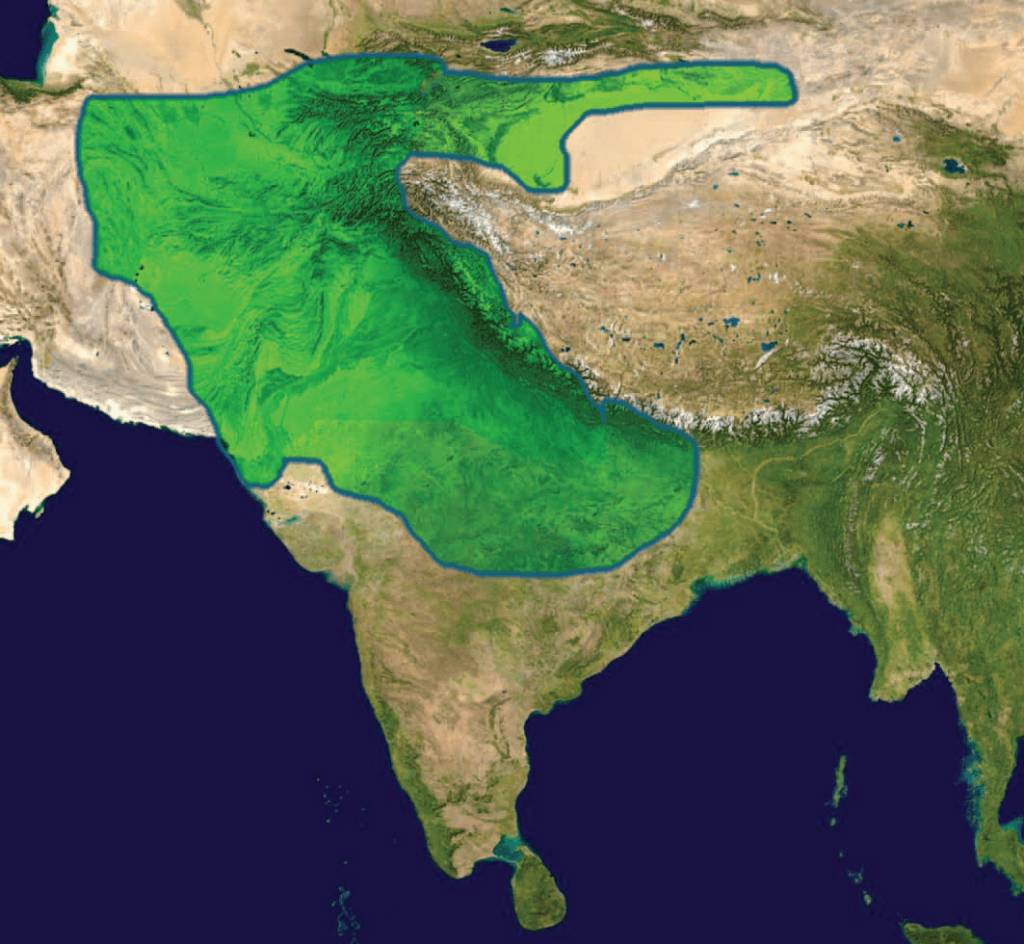
6. Archaeological structures like Tahkt-I-Sanghin, a massive temple called Surkh Kotal, Khalchayan palace remain in Bactria. Skulls which are artificially deformed are excavated from this area. These evidences convince the archaeologists and historians to say that kushans ruled Bactria and hence Hellenistic influence was seen in their life.
7. The first ever ruler who proclaimed himself as a Kushan ruler was Heraios (1-30 CE). He even called himself as a “tyrant” on his coins (same style as Greeks). Archaeologists believe that king Heraios was the father of the first emperor of Kushans, Kujula Kadphises.
8. Here, of all tribes, Guishuang tribe became the leader and other tribes formed a confederacy under the leadership of Kujula Kadphises. The name, Guishuang, was changed to Kushans in the west (Afghanistan, Uzbekistan etc.). However, Chinese scriptures name Yuezhi only.
9. Slowly overpowering the Scythians, they conquered Gandhara region. They went on to occupy Kabul and Qandahar port of Afghanistan. They then established twin cities called Kapisa and Pushkalavati.
10. They started minting coins in the lines of Greek rulers and used Greek alphabet to make their own adapted alphabet. They first used Pali (Kharoshti script) and later on when Kanishka I ascended the throne, they made their own language using Greek. They added some alphabet like Þ (“sh”) to make it more efficient for them.
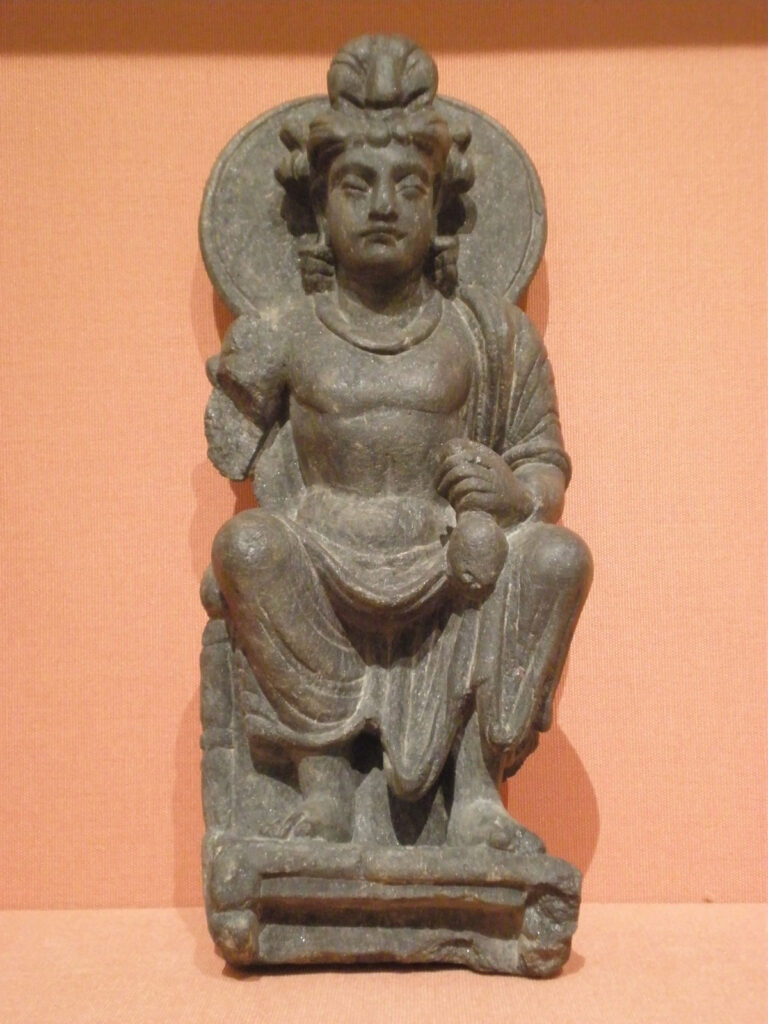
11. Kushans were Zoroastrians and then later converted to Buddhism. Some of the rulers of Kushan Dynasty were Saivites as well. They mixed both Indian and Hellenistic culture to make their own culture.
12. The first great emperor of Kushan Dynasty, Vima Kadphises (90-100 CE), was most probably a Saivite (based on the coins that were minted during his reign).
13. Kushans used the Silk route and sea route for trade to the fullest. Their territories extended from Aral Sea (between Kazakhstan and Uzbekistan) to northern parts of present-day India. The vast empire was flooded with money because of trade and commerce, especially the silk route.
14. There were two capitals of this empire, winter and summer capital. Summer capital was in Begram, a place called Surkh Kotal and winter capital was Mathura. During the reign of Kanishka I, Peshawar was the capital city.
15. Khwarezm (archaeological findings of Russia), Kausambi (Allahabad University excavations), Sanchi, Sarnath (inscriptions), Malwa, Maharashtra, Orissa etc. are also been considered as the parts of the Kushan empire.
16. Rabtak inscription mentions the names of seven cities which were considered as the important cities of the empire. Some of the cities are Ujjain, Pataliputra, Kausambi etc. So, with all this, it can be said that the Kushans ruled pretty big area and they were really powerful.
17. Kujula Kadphises was the first king who proclaimed himself to be a Kushan king. He expanded his territories to a large extent. He defeated Parthians and occupied Kabul. He controlled Kapisha-Gandhara region as well. He was the father of Sadakshana and Vima Takto. Sadakshana never ruled and gave the opportunity to Vima Takto to rule.
18. But the Rabatak inscription talks only about Sadakshana and not Vima Taktu. However, no matter who ruled (Vima Taktu is considered as the ruler of the empire during that time), the king did expand his kingdom further northwest of Indian sub-continent.
19. Vima Kadphises was the successor of Vima Takto. According to the Rabatak inscription, he was the son of Sadakhsana. He conquered Afghanistan and enlarged his kingdom. He was famous for the coins that he minted. It was he, who introduced gold coins in India. Earlier coins were made of copper and silver.
20. The next successor was Kanishka I. He was the most famous king of Kushana dynasty. He had a very vast empire controlling almost whole of north India, going beyond south of Ujjain and east of Pataliputra.
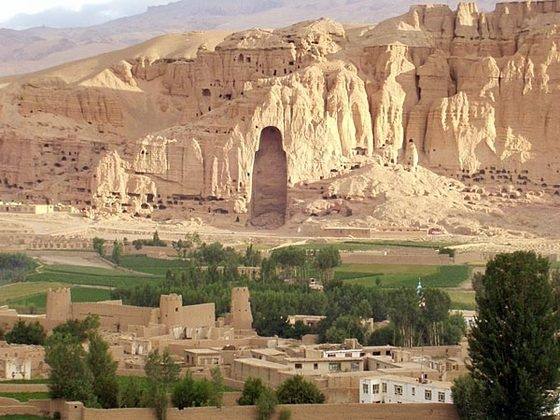
21. He had two capitals – the first one is Purushapura (Peshawar, Pakistan) and the second one is Mathura (India). He had a summer capital too in Bagram. In Bagram, artwork from China to Greece was stored and the artwork was called as “Bagram Treasure”.
22. Though he followed Buddhism, he was tolerant towards other religions. Fourth Buddhist council was conducted during his reign. Buddhism reach penetrated into China because of his support (Asoka’s contribution to the spread of Buddhism cannot be questioned, of course!)
23. After the death of Kanishka I, Vasiska ruled for a very short time. After the reign of Vasiska, Huvishka came to power and ruled for about 40 years.
24. Huvishka concentrated on consolidating the empire instead of “conquest and conquer” policy. He further increased his control over Indian cities like Mathura.


